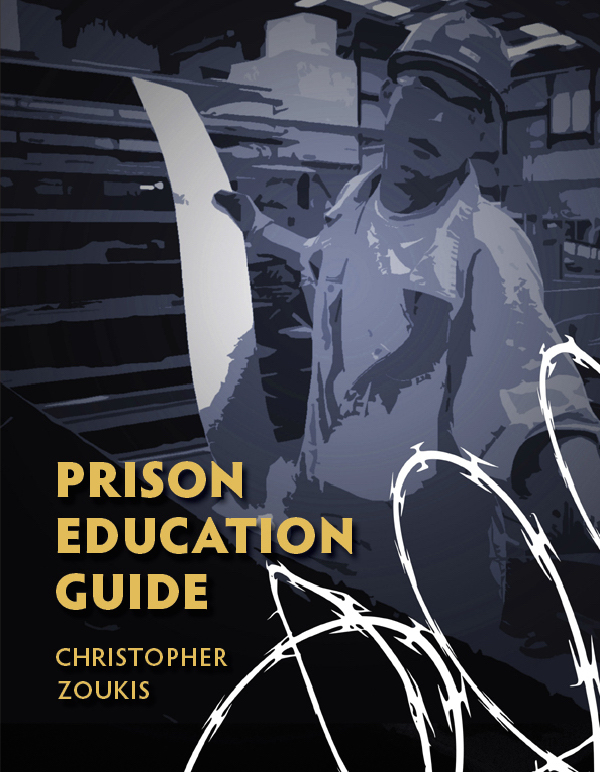Idaho Supreme Court: Temporary and Isolated Crossing of the ‘Fog Line’ Not Enough to Support a Traffic Stop
by Christopher Zoukis
The Supreme Court of Idaho ruled that a brief, single incident of crossing the outer line in a lane of travel (“fog line”) does not amount to a reasonable, articulable suspicion that the law was violated. The Court upheld a lower court’s order suppressing evidence found following a traffic stop for failure to maintain a lane of travel, as required by Idaho Code Ann. § 49-637(1).
On December 6, 2015, Kootenia County Sheriff’s Deputy Harvey Ballman followed a vehicle driven by Antonia Kate Fuller. While behind Fuller, Ballman said he observed the vehicle touch and briefly cross over the outside fog line while navigating a right-hand curve. Ballman initiated a traffic stop based on his belief that § 49-637(1) had been violated.
During the stop, Ballman learned that Fuller did not have a valid driver’s license or liability insurance. He arrested Fuller for violations of Iowa Code §§ 49-301(1) and 49-1232. During the post-arrest inventory of Fuller’s vehicle, Ballman discovered methamphetamine, prescription drugs, and drug paraphernalia. Fuller was then charged with possession of a controlled substance and drug paraphernalia.
Fuller moved to suppress the evidence, arguing that Ballman did not have a reasonable, articulable suspicion that § 49-637(1) was violated. The parties stipulated that Fuller did, in fact, briefly drive her vehicle on and over the fog line, one time.
The trial court held a hearing in which it considered the stipulation, the dash-cam footage, and the statute. Ultimately, the court was not convinced that Fuller actually crossed the line. More importantly, however, the trial court ruled that Idaho Supreme Court precedent had previously established that the fog line is not a formal lane barrier. As such, an isolated touching or crossing of the fog line could not provide reasonable suspicion that a violation of § 49-637(1) had occurred.
The Government appealed, and the Idaho Supreme Court affirmed. In State v. Neal, 159 Idaho 439 (2015), the Supreme Court said the purpose of the fog line “is not to create a lane boundary but to inform the driver of the road’s edge so that under certain conditions the driver can safely maintain his or her position on the roadway.” Because the fog line is not a lane boundary in Idaho, “an isolated incident of touching the fog line does not violate section 49-637(1).” Additionally, the Court stated that the Neal Court made it unequivocally clear that “an isolated incident of temporarily crossing the fog line likewise does not violate section 49-637(1).”
In explaining that merely touching or briefly crossing the fog line does not give rise to reasonable, articulable suspicion that § 49-637(1) was violated, the Court was careful to clarify that an overall pattern of doing so could give rise to the requisite suspicion. In other words, lengthy periods of driving on or over the fog line or multiple instances of crossing the line, could be enough to support a legitimate traffic stop in Idaho, the Court opined.
Without having observed a legitimate violation of § 49-637(1), Ballman did not have reason to stop Fuller’s vehicle. As such, the Court agreed that all evidence obtained during the traffic stop must be suppressed.
Accordingly, the Court affirmed the order of the district court granting Fuller’s motion to suppress. See: State v. Fuller, 416 P.3d 957 (Idaho 2018).
As a digital subscriber to Criminal Legal News, you can access full text and downloads for this and other premium content.
Already a subscriber? Login
Related legal case
State v. Fuller
| Year | 2018 |
|---|---|
| Cite | 416 P.3d 957 (Idaho 2018) |
| Level | State Supreme Court |
| Conclusion | Bench Verdict |





